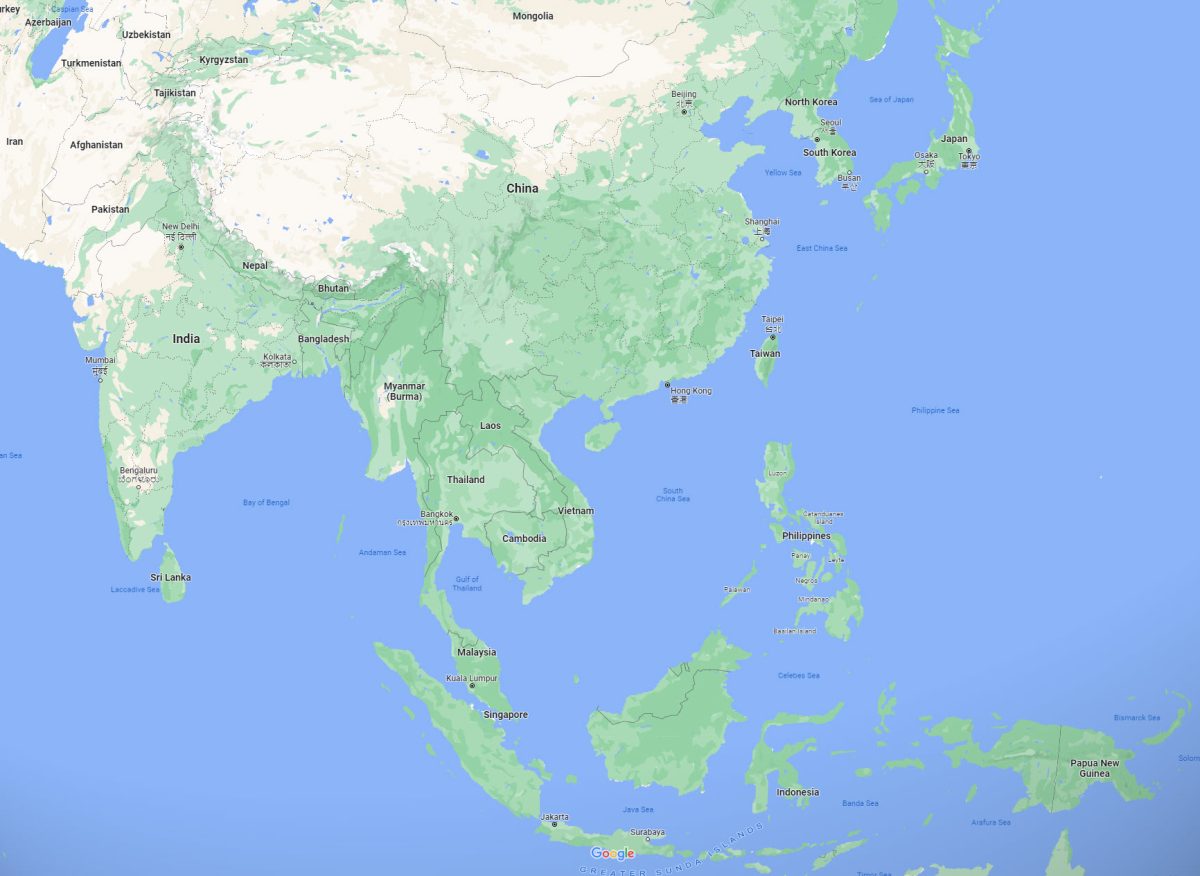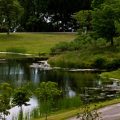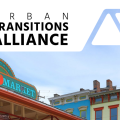Building livable cities during and beyond COVID-19, with nature-based solutions
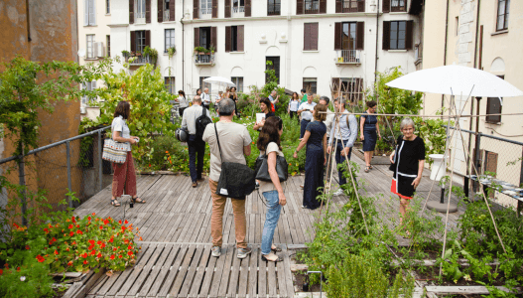
While the global pandemic is restricting people from face-to-face interactions, it has fostered communities and local governments around the world to learn to embrace digital services and communication widely, and in solidarity, seek to tackle obstacles through transboundary collaboration.
On 8 July, representatives from 6 Chinese and European cities exchanged the challenges they have faced on the path of development, and the responses in containing the coronavirus outbreak during the Online Seminar on Belt and Road Sustainable Cities co-hosted by the China Center for Urban Development, UN-Habitat, ICLEI, and the Chengdu Municipal People’s Government. The cities also further looked into the prospects of new urbanization in the post-COVID era.
Themed “Building Livable Cities in Post COVID-19 Time”, the seminar attracted over 200 participants from around the world, together exploring the challenges and opportunities of developing new spaces and garden cities to create sustainable, livable, and healthy urban environments. On this occasion, Chengdu also announced its initiative on Livable Cities under the Belt and Road Sustainable Cities Alliance, which proposes to strengthen connections among relevant groups for experience sharing and co-creating solutions to tackle urban challenges.
Guaden Galea, WHO Representative in China, pointed out that the outbreak of COVID has made people realize that many cities are yet to meet the livability criteria, and that, there is an urgent need for public health systems with resilience at both national and local levels.
Devanand Ramiah, Deputy Country Director for UNDP China, on the other hand, stressed that inequality and urban growth – slum areas for instance- have imposed some critical challenges for cities in containing the epidemic. Achieving the SDGs requires cities to transform – not simply by creating new spaces, but by creating spaces that foster urban mobility, resilience, and equality.
“The pandemic that we experience today, has laid bare the fragile economic, social and environmental underpinning of our world today, and has shed considerable light on the vulnerability of our health systems,” said Gino van Begin, Secretary General of ICLEI-Local Governments for Sustainable Development. “At the same time though, the sharp decrease of economic activities has allowed our communities and local governments to experience a decrease in air pollution and waste, as well as a restoration of ecosystems and natural assets.”
ICLEI has long been working alongside local and regional governments worldwide, in creating systematic changes that transform urban areas into people-centered, nature-based, resilient, and livable environments, and ultimately achieving sustainable urban development. Many cities and regions in ICLEI’s global network are working on integrating nature-based solutions into urban planning, as a means to preserve local ecosystems, while enhancing local resilience and improving residents’ quality of life.
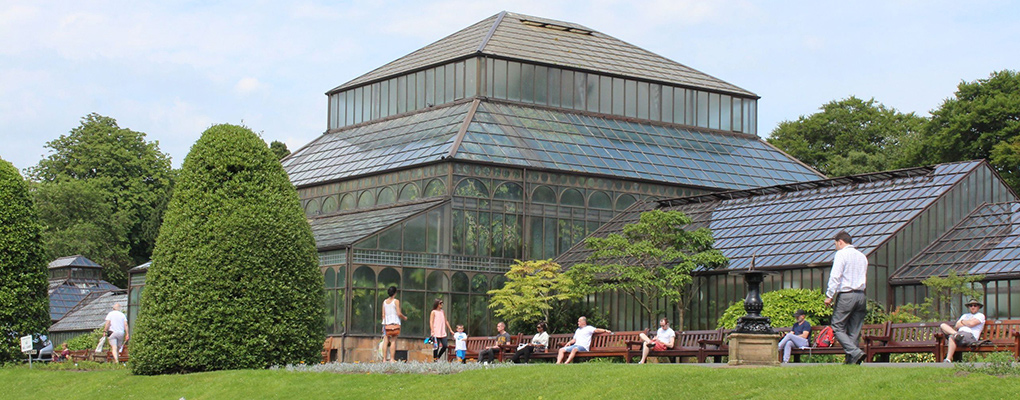
Glasgow, Scotland / Source: Glasgow City Council
For instance, Glasgow of Scotland, the host city of the 26th UN Climate Change Conference of Parties, sees nature as a critical component of its development. As an active member of the Connecting Nature project, Glasgow is planning to deliver opportunity mapping for the whole jurisdiction by combining city-wide spatial data sets, establishing an evidence base for better-informed decisions making; and identifying new opportunities for nature-based solutions and integrated green infrastructure, in making the city more livable, sustainable, and resilient.
Gillian Dick, Spatial Planning Manager of the Development Plan Group, Glasgow City Council, began her presentation with an overview of how epidemics (and wars) have affected the city’s urban planning strategy in history. For instance, the Cholera epidemic outbreak in 1848 resulted in the enforcement of the first Public Health Act in Glasgow, which was to promote behavior changes among residents and urge the supervision of spatial planning.
Moving into the early 20th Century, the outbreaks of the Boar War and the Spanish flu pandemic made Glasgow realize the need to have open space in housing areas; and four decades later, the devastation of WWII led to a new wave of urban planning which sought to review unregulated market forces as a threat to public health, and to reimagine communities fit for modern living.
The COVID-19 crisis in 2020 gave the city another chance to rethink about whether the current systems and communities are resilient enough, and whether they have allowed people to have sufficient space within and around buildings, as well as access to balconies and roof gardens in lockdown.
On the way to recovery, Glasgow believes that it is essential to employ nature-based solutions that can provide/improve social, economic, and environmental benefits for inclusive urban development, and ensures its residents have access to good quality, safe, and attractive open spaces.
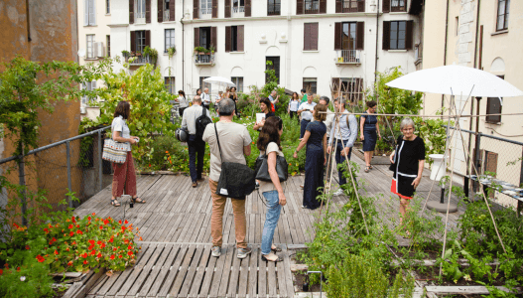
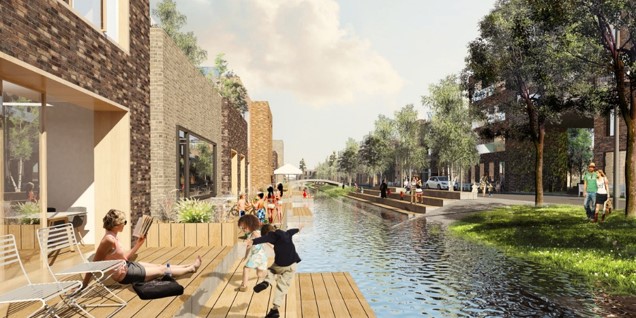
Hamburg, Germany / Source: Senate of Hamburg
The German city Hamburg, one of the lead cities of the CLEVER Cities project, is promoting a slow paradigm shift from the traditional focus on ecosystem services to nature-based solutions, as a means to enhance the city’s sustainability and social inclusion. With the city’s community garden projects as an example, Martin Krekeler, Senate Chancellery of Hamburg, highlighted the importance of carrying out local-focused maintenance measures at a smaller scale for later expansion, in achieving urban biodiversity at the highest possible level. He believes that “small steps with long-term strategy could lead to relatively bigger impacts.”
Research has projected that climate change may lead to increased precipitation in Hamburg. To prevent heavy rainfall events causing damaging flooding in the city, Hamburg is promoting green roofs as a means to retain rainwater from entering rivers, while, at the same time, reducing energy costs of the buildings with improved insulation by the thick layer of soil. Moreover, the green rooftops are also serving as recreational green spaces where a variety of events are being hosted with residents’ and communities’ engagement.
Hamburg has also reinforced flood-protection measures along its main waterway, the Elbe River, which connects the city to the North Sea. The redevelopment of the riversides has improved the Elbe’s flood storage capacity, whereas the vegetation planted contributes to water purification and city beautification. The green infrastructures developed along the Elbe have now become some of Hamburg’s most important public spaces where residents and tourists enjoy their leisure time.
Day by day, while the pandemic is consuming and fundamentally affecting each city and citizen differently, urban residents around the world have come to reaffirm the need for nature in cities of their own accord. This has indeed reflected how essential urban parks and gardens are in making cities livable. However, as the award-winning Singaporean architect Dr. Liu Thai-Ker reminded, “Building a garden city is not merely about maximizing green spaces. Rather, it is about creating green spaces at the most suitable location and optimal size, based on citizens’ needs, and per local natural environment and ecosystems.”

